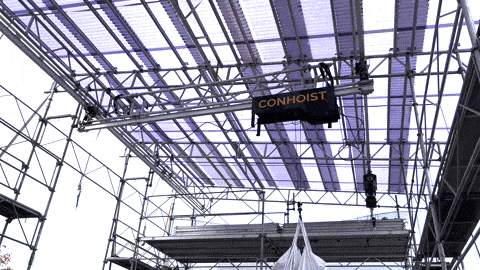“Move fast and break things” doesn’t really work when you invent physical products. Instead, we have our own methodology to evaluate if new ideas are viable.
The software methodology for lean software startups is clear: build an MVP (Minimum Viable Product) of your app over the weekend and see if it catches on. Then reiterate and improve the app over and over to attract more and more users.
However, this process is hard to follow with a complex hardware solution like Conhoist (Read more about Conhoist here). It’s complex, time-consuming and expensive to finish even the first prototype – and when the hardware it’s out there, it’s not easily updateable like software.
Instead, we run new ideas through the steps in our idea mill to evaluate if it is actually a good idea before spending too much time and resources developing it.
3 steps to development
Our recent visit to Marius Pedersen spawned a series of new ideas for new inventions. The Danish pioneer in waste management proved a clear need – but this doesn’t necessarily mean that the wider market has the same need.
Our first step in testing the idea is two weeks of dedicated work toward exploring the pull from the market. Will the idea actually create value, is there a significant market potential – and do other external companies show interest in the concept?
After this exploratory process, we have to find a dedicated partner and create a strategy for development. We have a series of criteria to evaluate this – ranging from business opportunities to newsworthiness and gut feeling. At this stage in the development, it already has to present itself positively in the majority of our criterias if we should continue the process.
The last step in the evaluation is deciding if it is actually being developed: the business case and the plan for financing development. We can’t start developing without resources – either soft money, external investments or internal funding.

